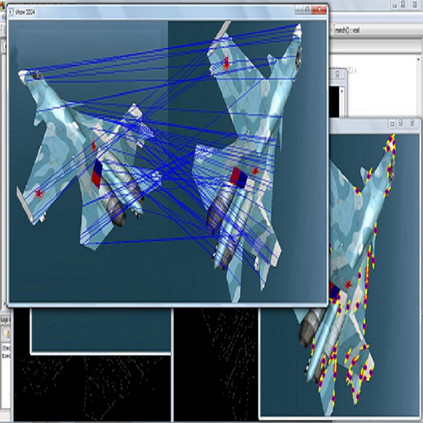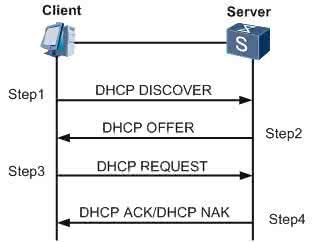An important goal of medical imaging is to be able to precisely detect patterns of disease specific to individual scans; however, this is challenged in brain imaging by the degree of heterogeneity of shape and appearance. Traditional methods, based on image registration to a global template, historically fail to detect variable features of disease, as they utilise population-based analyses, suited primarily to studying group-average effects. In this paper we therefore take advantage of recent developments in generative deep learning to develop a method for simultaneous classification, or regression, and feature attribution (FA). Specifically, we explore the use of a VAE-GAN translation network called ICAM, to explicitly disentangle class relevant features from background confounds for improved interpretability and regression of neurological phenotypes. We validate our method on the tasks of Mini-Mental State Examination (MMSE) cognitive test score prediction for the Alzheimer's Disease Neuroimaging Initiative (ADNI) cohort, as well as brain age prediction, for both neurodevelopment and neurodegeneration, using the developing Human Connectome Project (dHCP) and UK Biobank datasets. We show that the generated FA maps can be used to explain outlier predictions and demonstrate that the inclusion of a regression module improves the disentanglement of the latent space. Our code is freely available on Github https://github.com/CherBass/ICAM.
翻译:医学成像的一个重要目标是能够精确地检测个人扫描所特有的疾病模式;然而,这在大脑成像中受到形状和外观差异程度的挑战。基于全球模板图像注册的传统方法历来无法检测疾病的不同特征,因为它们使用基于人口的分析,主要适合研究群体平均效应。因此,在本文件中,我们利用基因深深层学习的最新发展动态,为同时分类或回归和特征归属制定方法(FA)。具体地说,我们探索使用VAE-GAN翻译网络,称为ICAM,以明确分解与背景融合有关的类别特征,以改善神经元型的可判读性和回归性。我们验证了我们关于Mini-MESE任务的方法,该方法主要适合研究群体平均效果。因此,我们利用基因深层深层学习的最新进展,为神经发育和神经衰变变,我们利用开发的人类连通项目(dHCP)和英国生物银行数据集。我们展示了我们所生成的低层空间变现模型,用以解释我们所生成的磁性变化模型。




